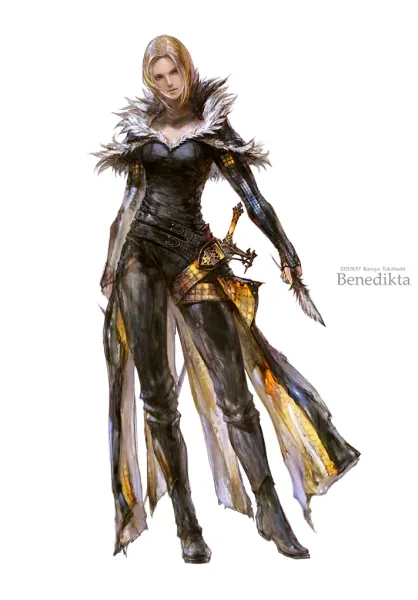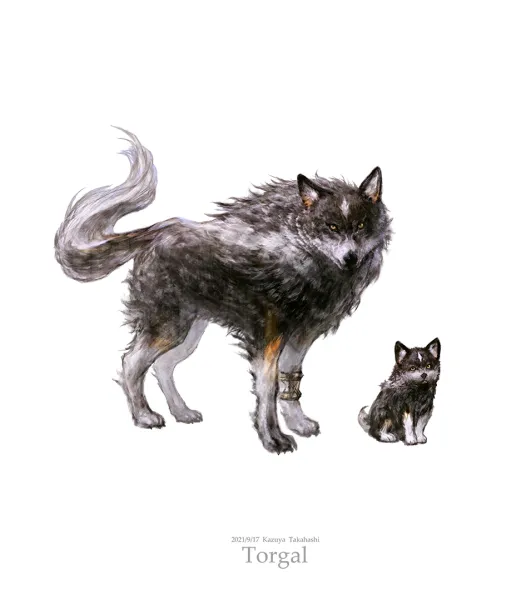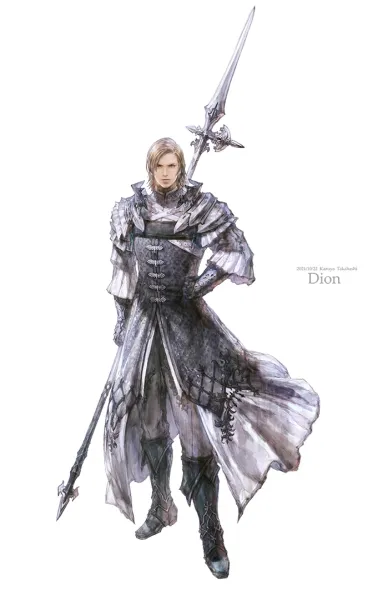

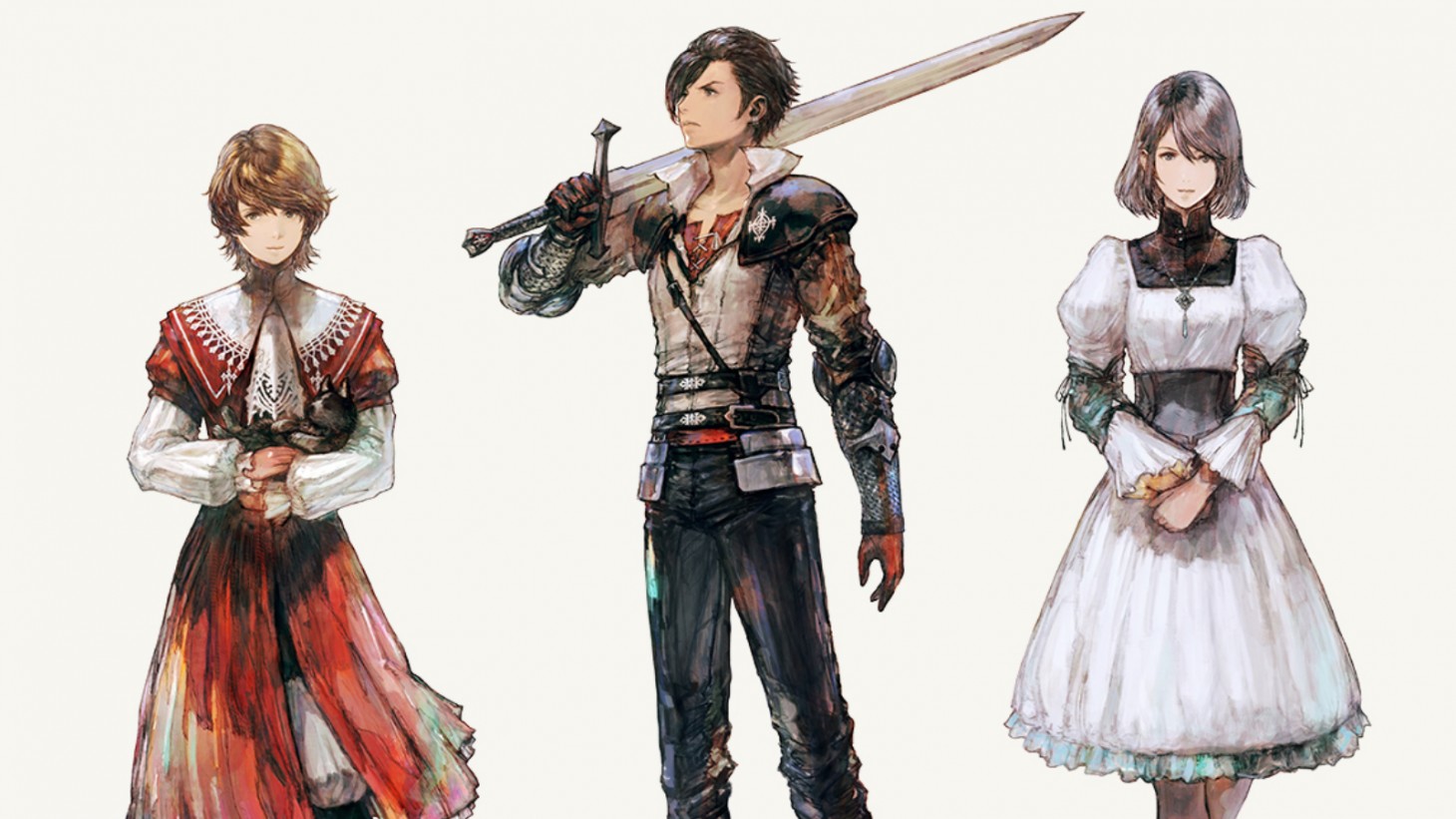
Final Fantasy art is some of my favorite in all of games. The series' visuals fall somewhere between realism and fantasy, and it’s always fun to see how Square Enix studios leverage more powerful hardware to bring worlds to life. These settings, characters, and monsters are memorable, and a large reason for that is the art. It’s striking and unique – you know it’s Final Fantasy when you see it.
With each new Final Fantasy, Square Enix has a chance to solidify characters and worlds into the zeitgeist of gaming, like the company has done in the past with Final Fantasy VII’s Cloud Strife, Final Fantasy X’s Zanarkand, and more. During my cover story trip to Square Enix’s Tokyo, Japan, offices, I spoke to Final Fantasy XVI art director Hiroshi Minagawa about how developer Creative Business Unit III went about creating the game’s visual style.

“Like other members on the Final Fantasy XVI team, I was also working on [Final Fantasy XIV] when I was asked to come over to Final Fantasy XVI,” Minagawa tells me. “I got that call very, very early in the development process. Very early in that process, I was able to speak a lot with [FFXVI director Hiroshi Takai] about what type of world it was going to be, what type of flavor the world is going to be, and be a part of that creative process there.”
He says he approached art direction quite differently from his work on FFXIV because, with FFXIV being an MMO, the team focuses graphical quality on displaying lots of different things on screen. With FFXVI being an offline single-player experience, “the graphics have to be at a higher level, and they have to be deeper and richer in that sense.”
Minagawa worked with the CBUIII team to emphasize the difference in focus on visuals between the two games. From there, it was about bringing FFXVI’s art to life based on what Takai envisioned.

“We had that broad stroke where Takai said, ‘We want to have something that’s going to have that feel of Game of Thrones,’ that kind of pure standard high fantasy that you’d see in that type of program and visual medium.”
Beyond Game of Thrones, Minagawa says the team looked at the character designs from FFXVI artist and illustrator Kazuya Takahashi. Not only had he drawn the characters, but some of the art for environments.
“His art has this bright and transparent type of feel, so taking that with the idea of, ‘Okay, we want to make it dark and gritty like Game of Thrones' and trying to figure out a way to combine that and make it work, and then figure out a way to implement that in the game was my biggest task when I joined,” Minagawa says.
Takahashi’s bright and transparent art is still present in some parts of the game, but CBUIII pared it back in some places to fit the game’s tone. The environments also needed to be designed in such a way that one minute they might be beautiful, but another minute, on fire and destroyed.
“When you look back at the Final Fantasy series, you see that the art style is different for each game,” Minagawa adds. “And while the series is kind of moving towards that photo-real aspect, we wanted something that wasn’t necessarily photo-real. We wanted to put more emphasis on that original art that we had from [Takahashi].”
This was the philosophy behind the visual concept of Valisthea, which is inspired by real-world locations but still very much Final Fantasy. In terms of inspiration, Minagawa cites northern England and its unique rock formations that, to him, define dark fantasy. He also cites Iceland’s barren rocky landscapes, Slovenia, the Middle East and Africa, especially in relation to Valisthea’s Dhalmekian Republic, and even other parts of Final Fantasy, like Final Fantasy XII’s Dalmasca.
To create protagonist Clive Rosfield, Minagawa says it was the combination of work from the art team’s staff as well as “the IMS group,” which is the group that works on a lot of the animated CGI movies for Square Enix. CBUIII brought in CG artists to give feedback because it wanted a real character that represented those original character art illustrations well. He jokes that before landing on the final version of Clive, the team arrived at some looks for Clive that looked great, only to discover that when he did something like smile, “it just looked disgusting” and “didn’t look right.” It was only after bringing in CG artists and having discussions with them about this issue that CBUIII created the face Clive has today.
As for the visual design of FFXVI’s Eikons, I was curious about how CBUIII approached the style of monsters that most Final Fantasy fans are already familiar with. Minagawa says the physicality of these summons and how they fight informed their design.
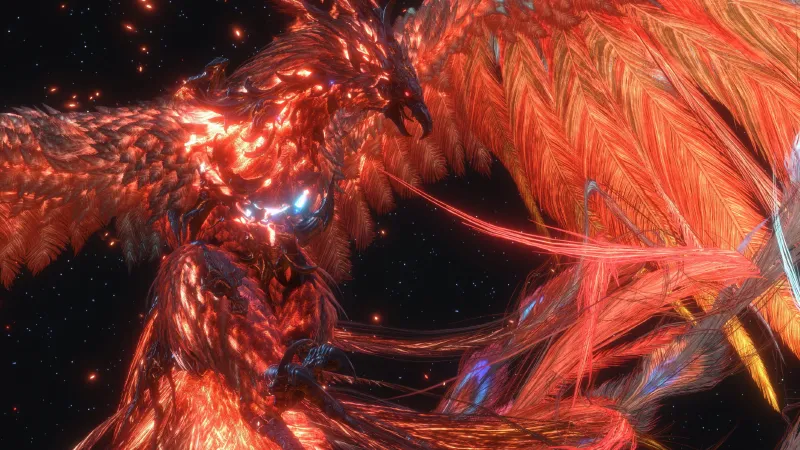
“When I joined the project, I remember Takai-san said its concept was ‘summon pro wrestling,’ that’s how he described what they were trying to do,” he says. “Instead of having these Eikons shoot magic at each other and fight, it’s more like they’re going to get in and grapple. It’s going to be close quarters; they’re going to be using their bodies as opposed to ranged attacks. And so I really think that type of concept affected the design; you’re going to have a design that’s more suited to these close-up encounters.”
The team also returned to what many might describe as the image of Final Fantasy XVI: the Ifrit Eikon clashing with the Phoenix Eikon, present in the game’s official logo created by famed Final Fantasy illustrator and artist Yoshitaka Amano.

I wrapped up my time with Minagawa curious about his thoughts on the legacy of Final Fantasy art. Is it something the team thinks about when designing these characters and worlds? He says it varies from person to person.
“My job is to take art that has been created by my staff and figure out a way to get that in the game as best as possible without taking away from that art,” Minagawa says. “So, in that sense, it’s about trying as hard as you can. For me, it’s just like basically trying to do the best I can and hopefully, it will resonate with the players. But again, that’s going to be different for each of the artists.”
For more, be sure to check out Game Informer’s exclusive FFXVI coverage hub by clicking the banner below.
